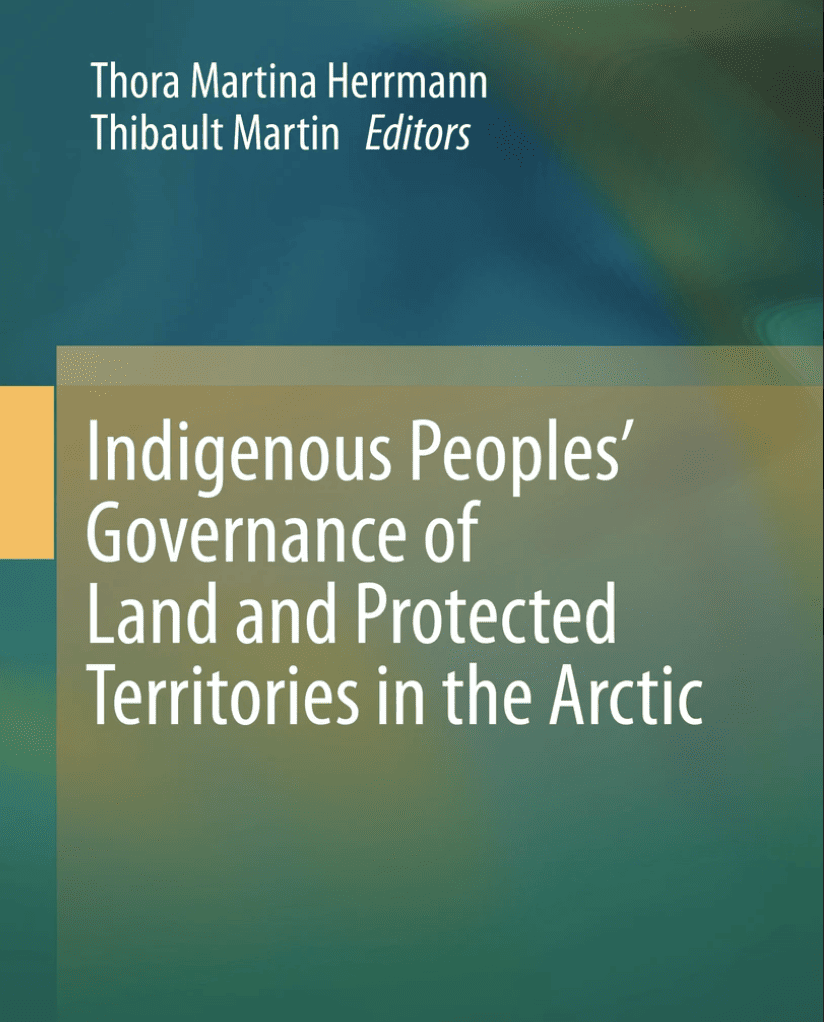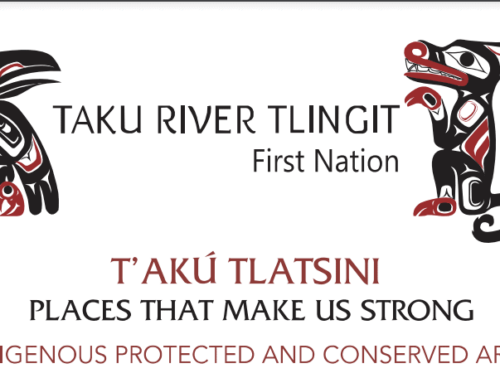
This book is about how Indigenous Peoples govern land and protected areas in the Arctic. It documents Indigenous approaches to governance, explores new models of territorial governance, analyzes the recognition of Indigenous rights to self-determination, and examines how traditional decision-making practices can be linked with governments.
This book addresses critical questions and analyses key issues regarding Indigenous/Aboriginal Peoples and governance of land and protected areas in the Arctic. It brings together contributions from scientists, indigenous and non-indigenous researchers, local leaders, and members of the policy community that: document Indigenous/Aboriginal approaches to governance of land and protected areas at the local, regional and international level, explore new territorial governance models that are emerging as part of the Indigenous/Aboriginal governance within Arctic States, provinces, territories and regions, analyse the recognition or lack thereof concerning indigenous rights to self-determination in the Arctic, and examine how traditional decision-making arrangements and practices can be linked with governments in the process of good governance. The book highlights essential lessons learned, success stories, and remaining issues, all of which are useful to address issues of Arctic governance of land and protected areas today, and which could also be relevant for future governance arrangements. Access to the e-book is partially limited, individual chapters can be accessed via university e-proxy. Key sections include Increasing Cooperation and Advancing Reconciliation in the Cooperative Management of Protected Areas in Canada’s North (pg. 43), and Two Parks, One Vision – Collaborative Management Approaches to Transboundary Protected Areas in Northern Canada: Tongait KakKasuangita SilakKijapvinga/Torngat Mountains National Park, Nunatsiavut and le Parc national Kuururjuaq Nunavik (pg. 71).


